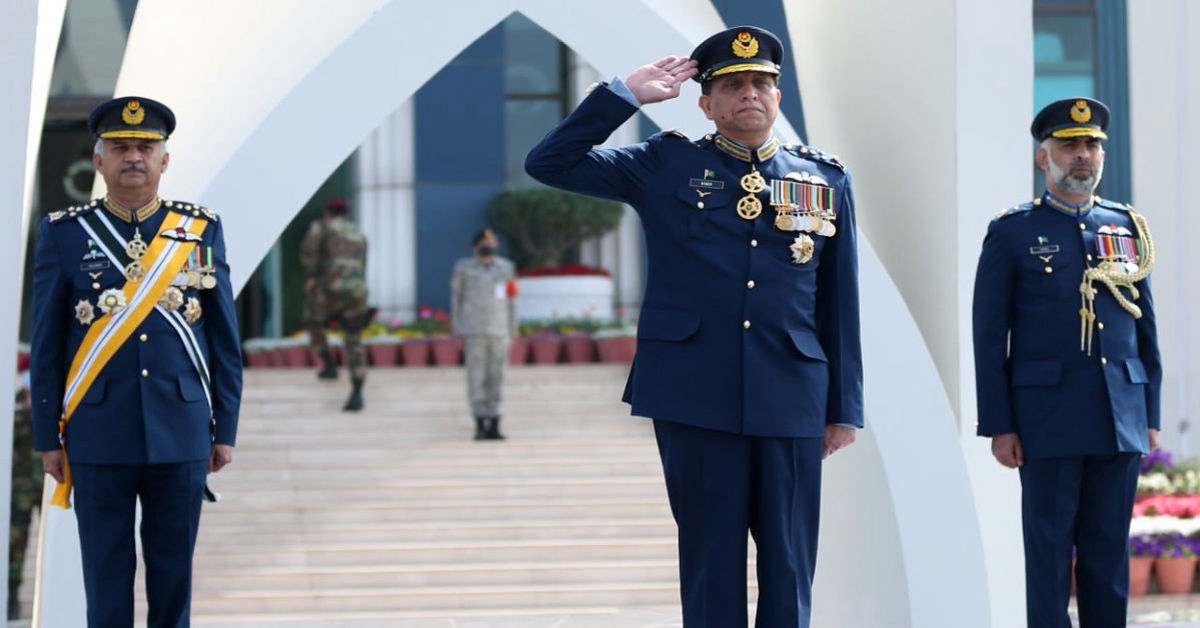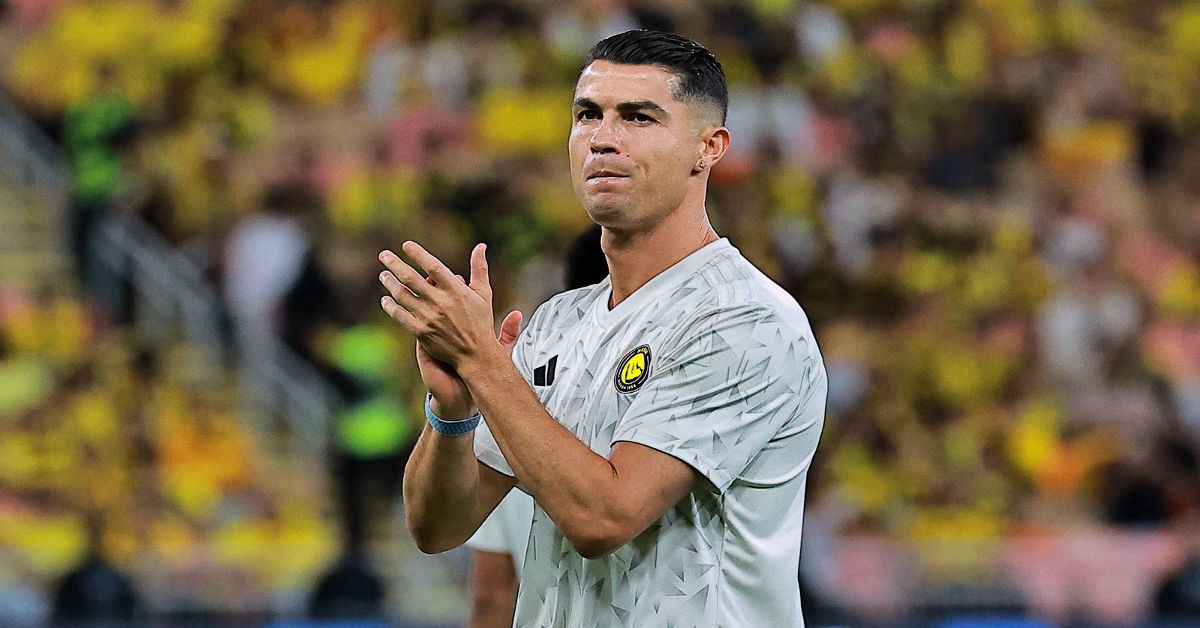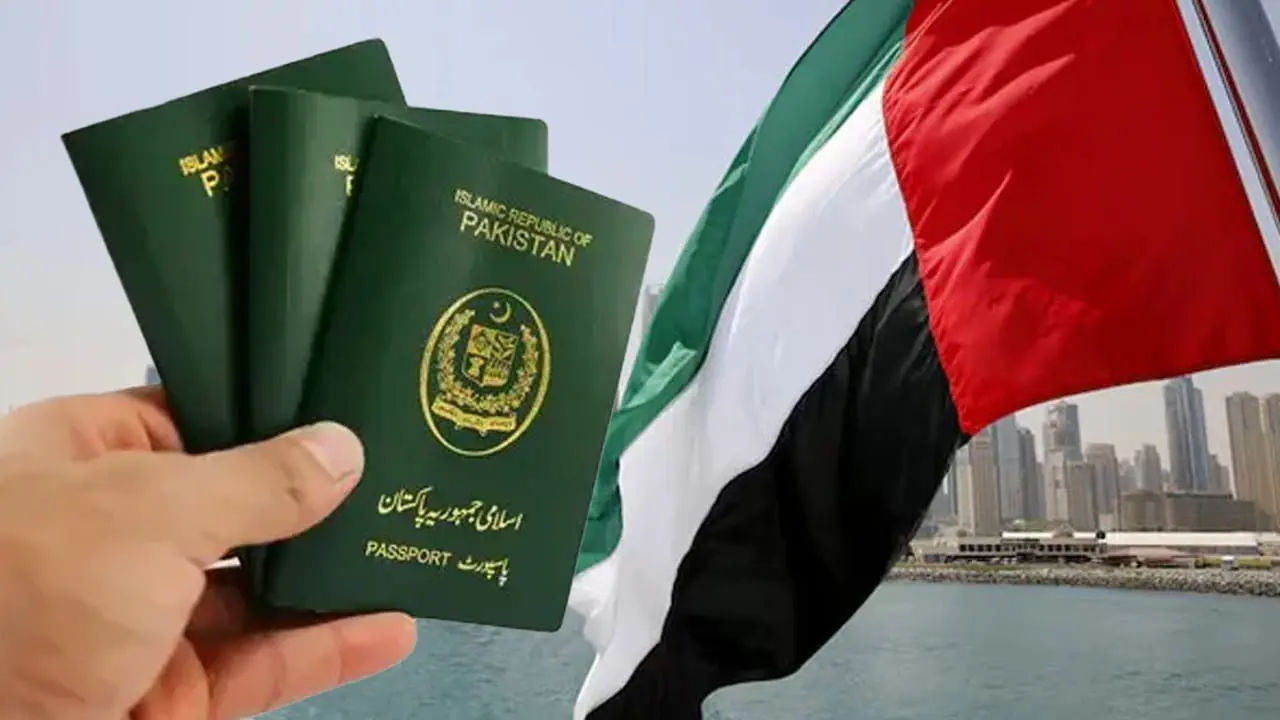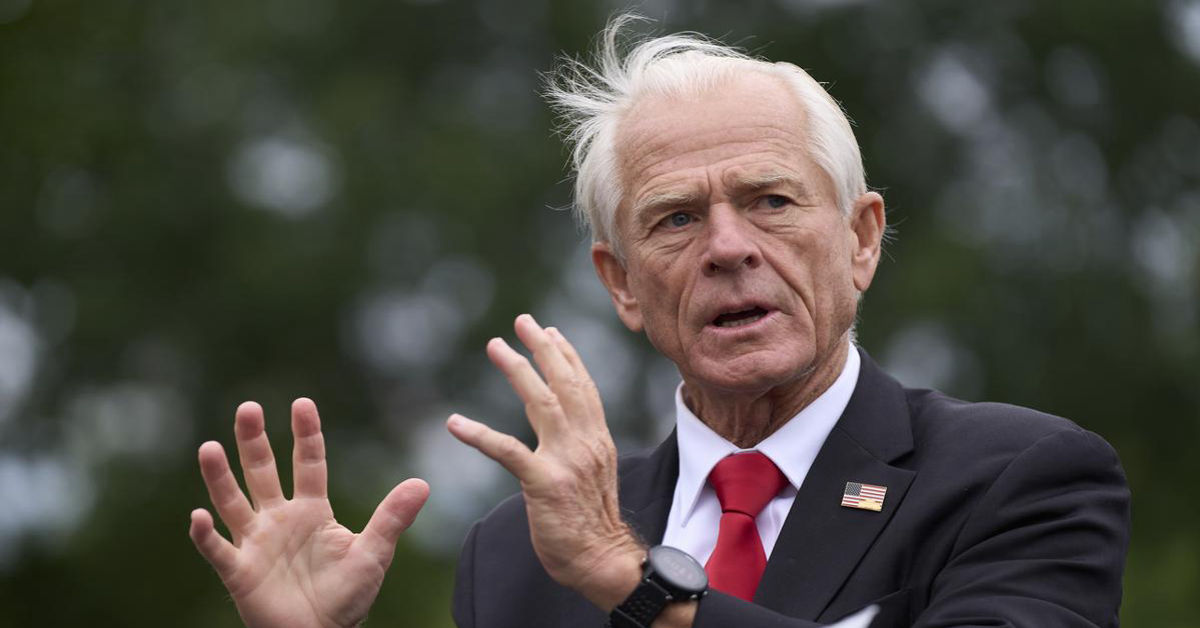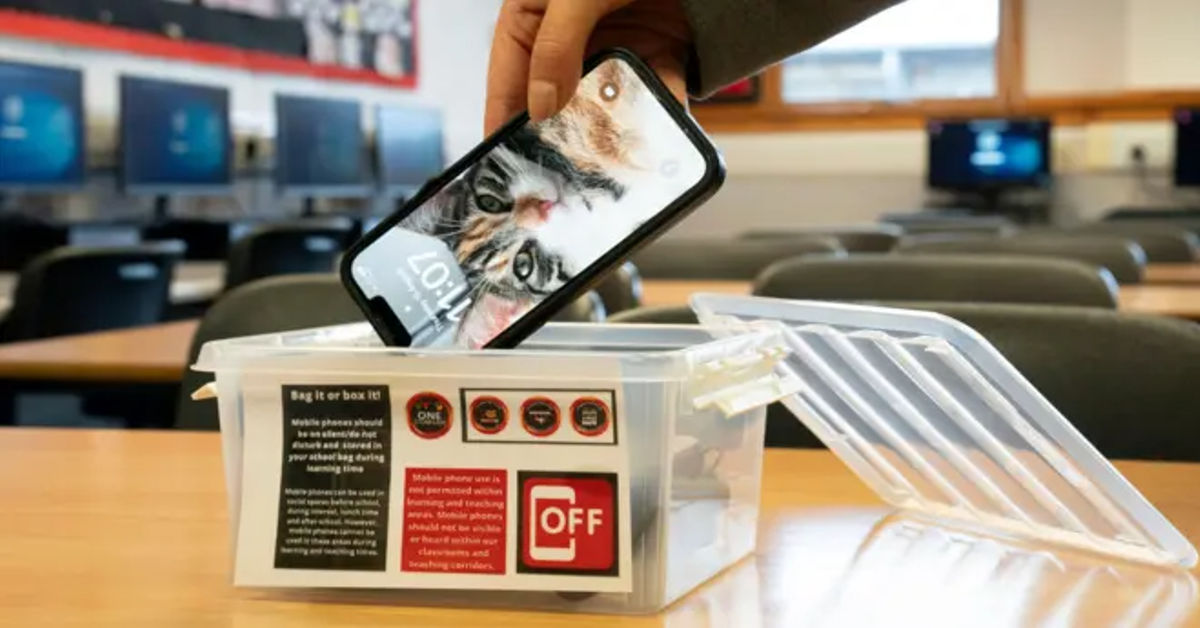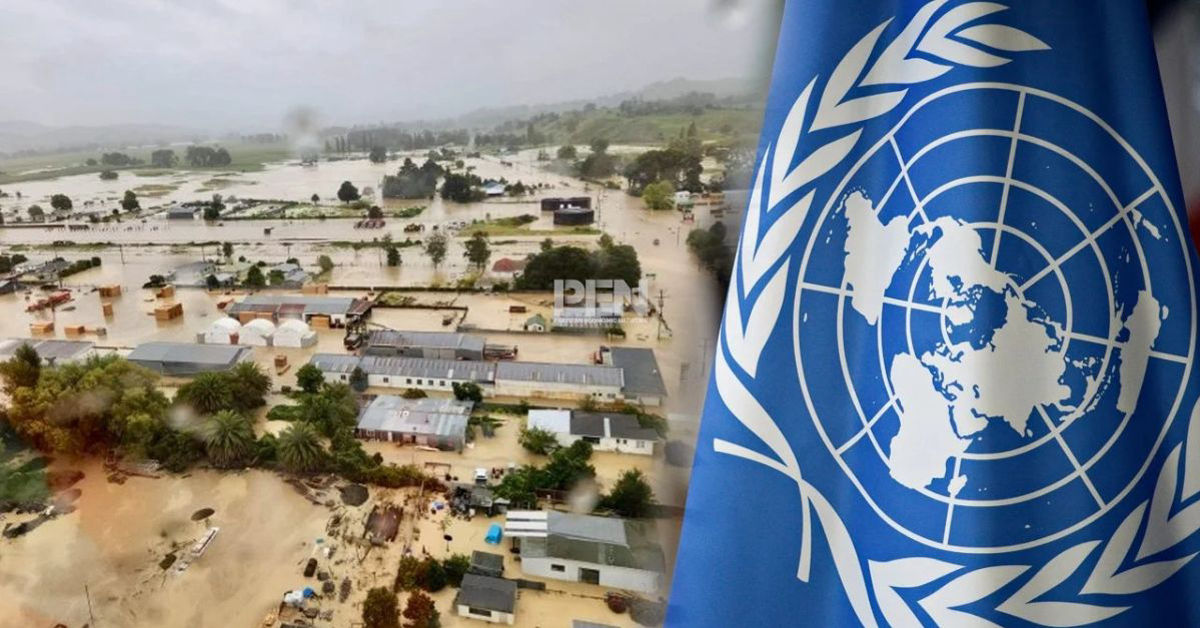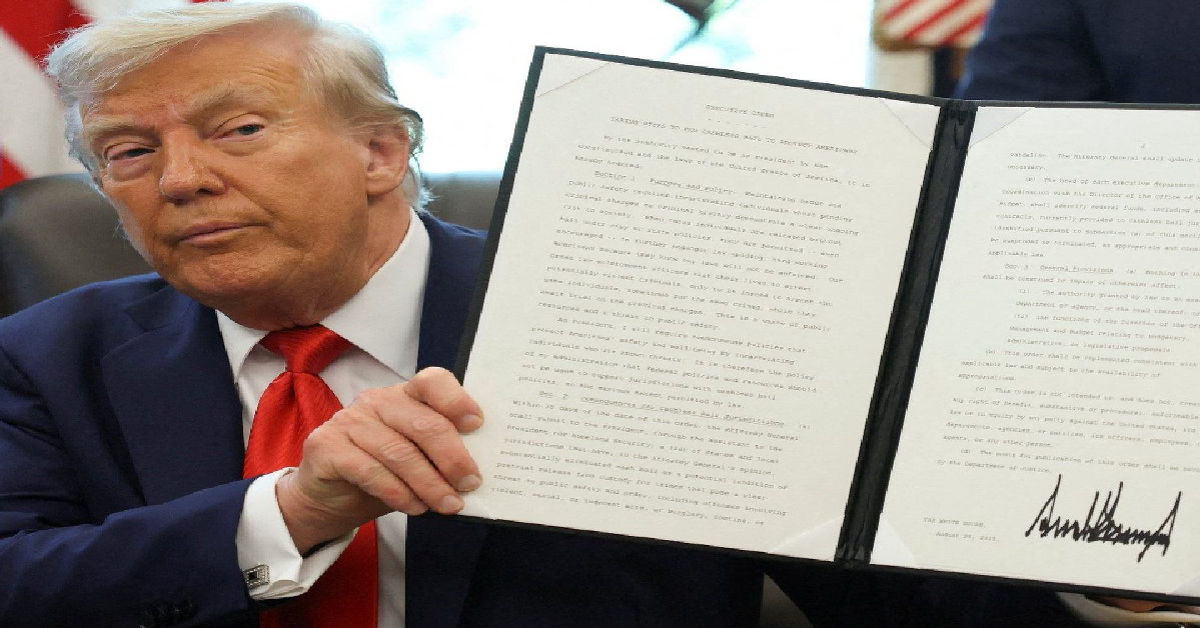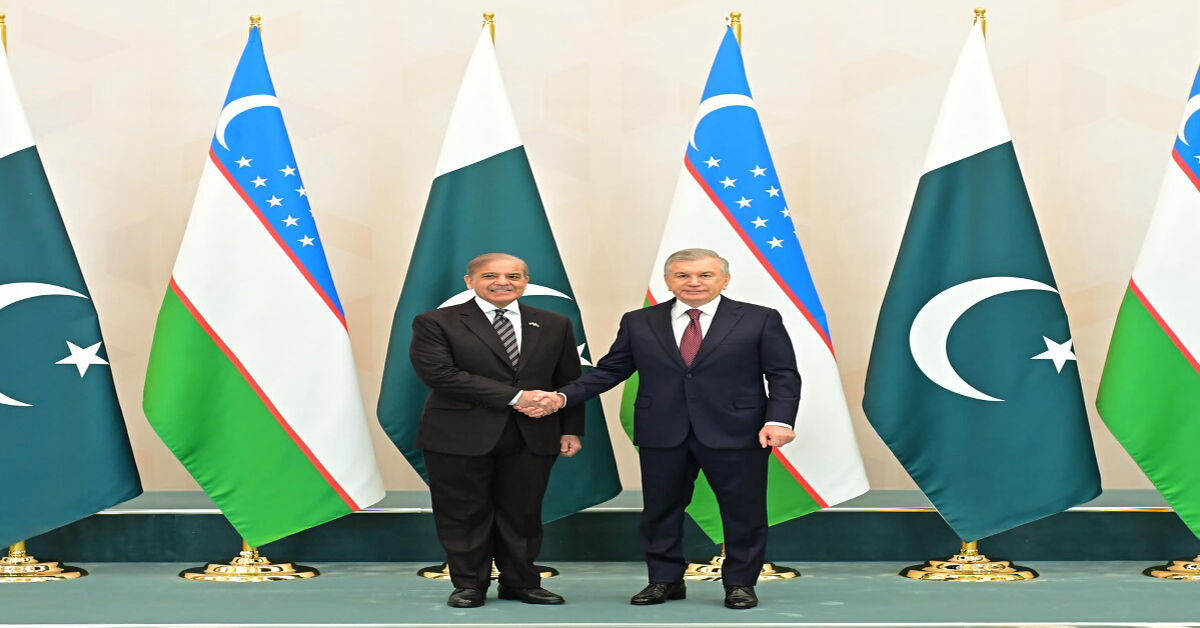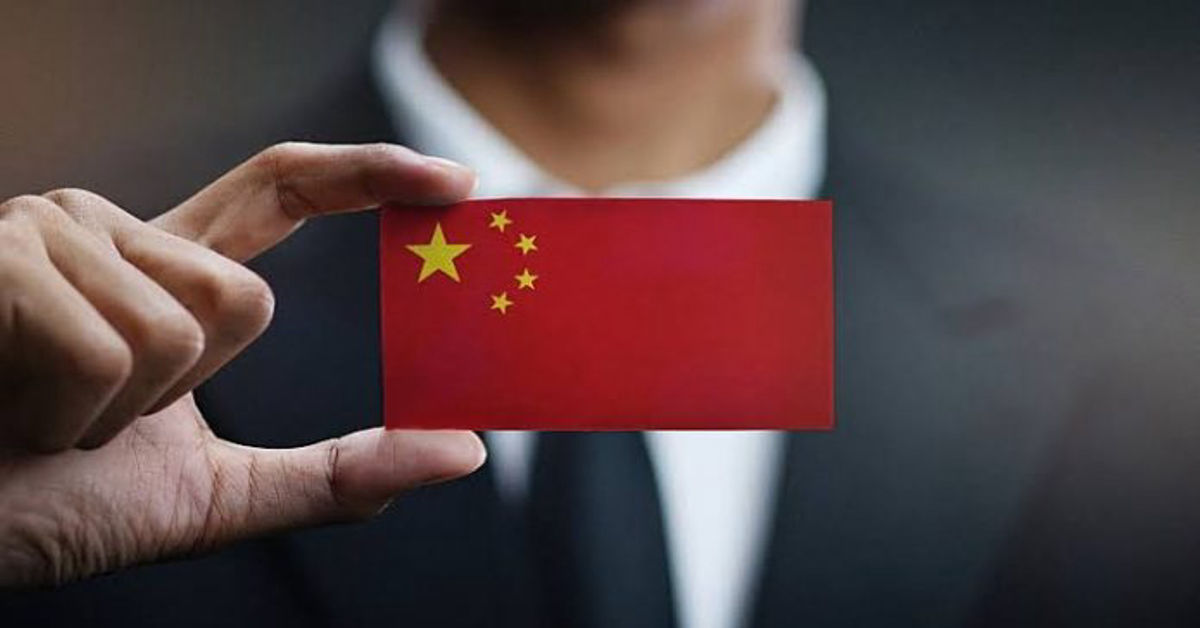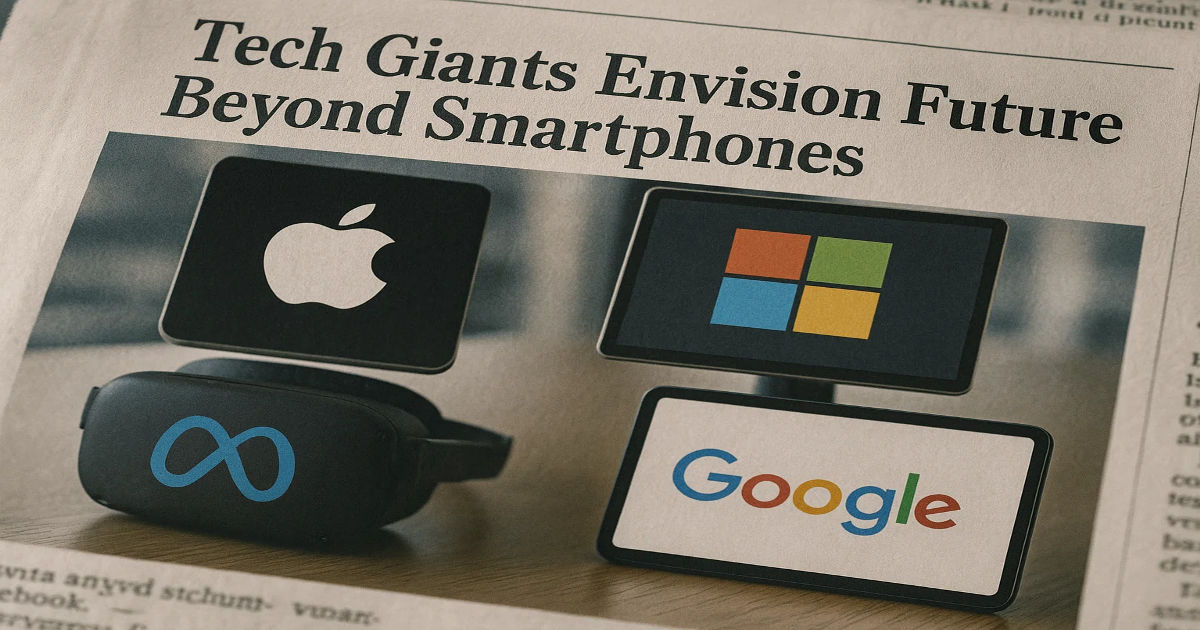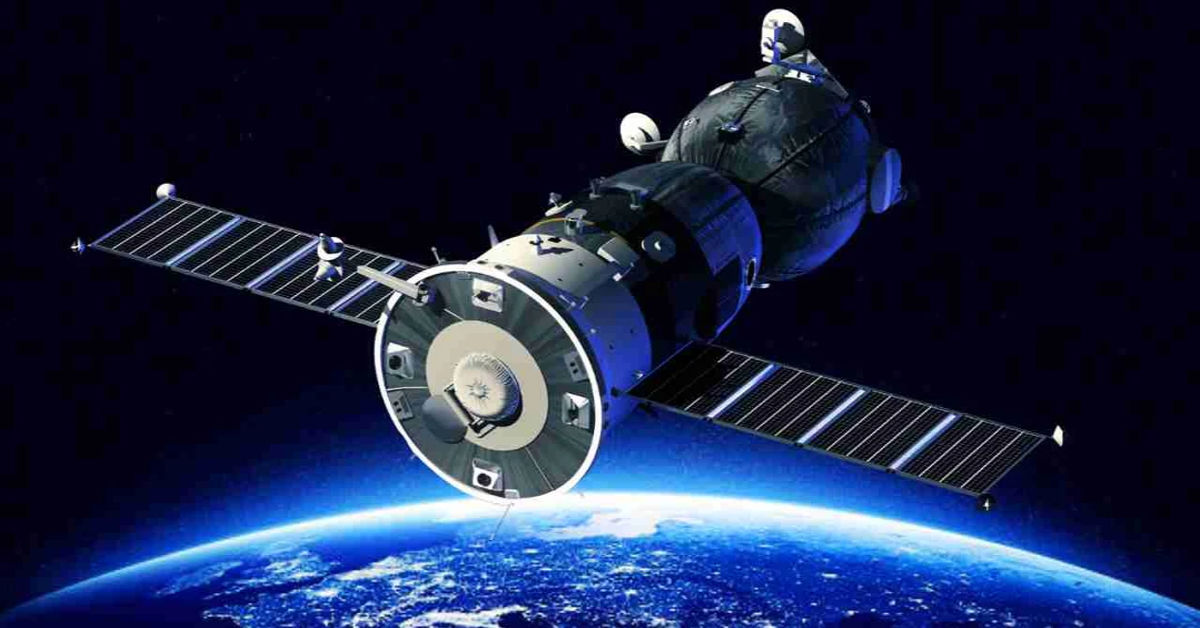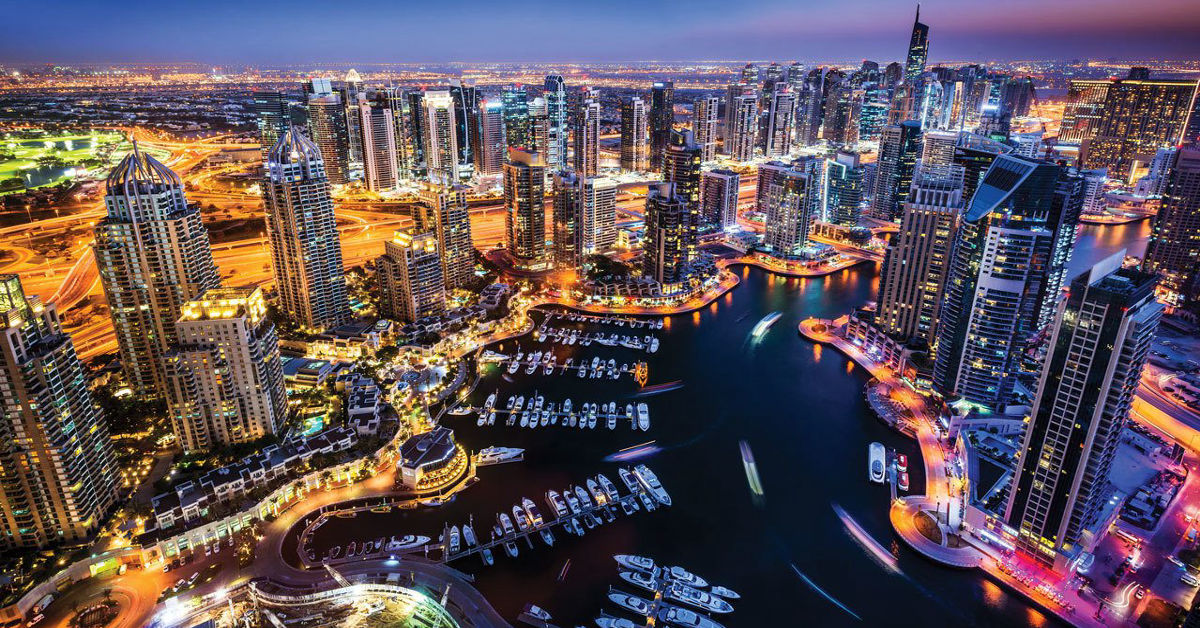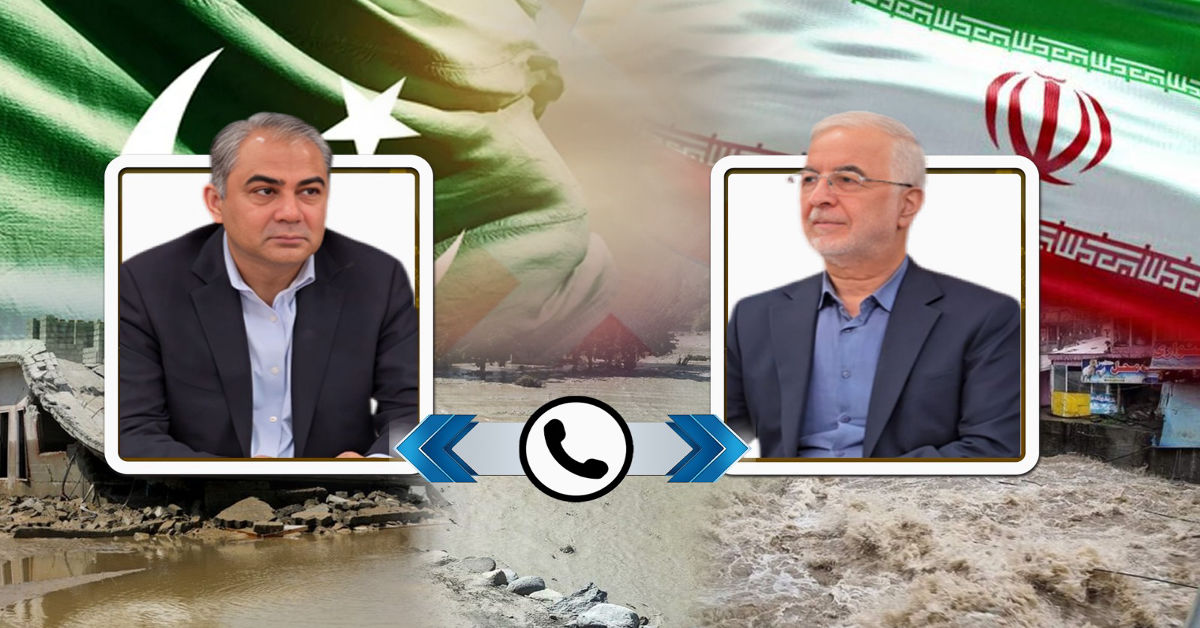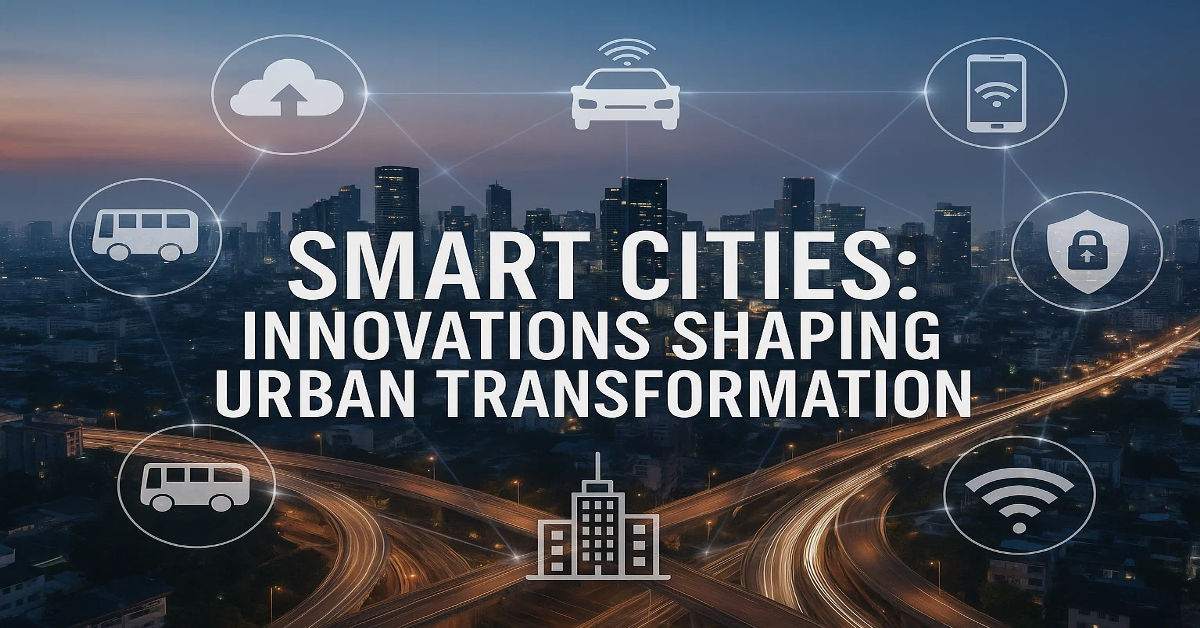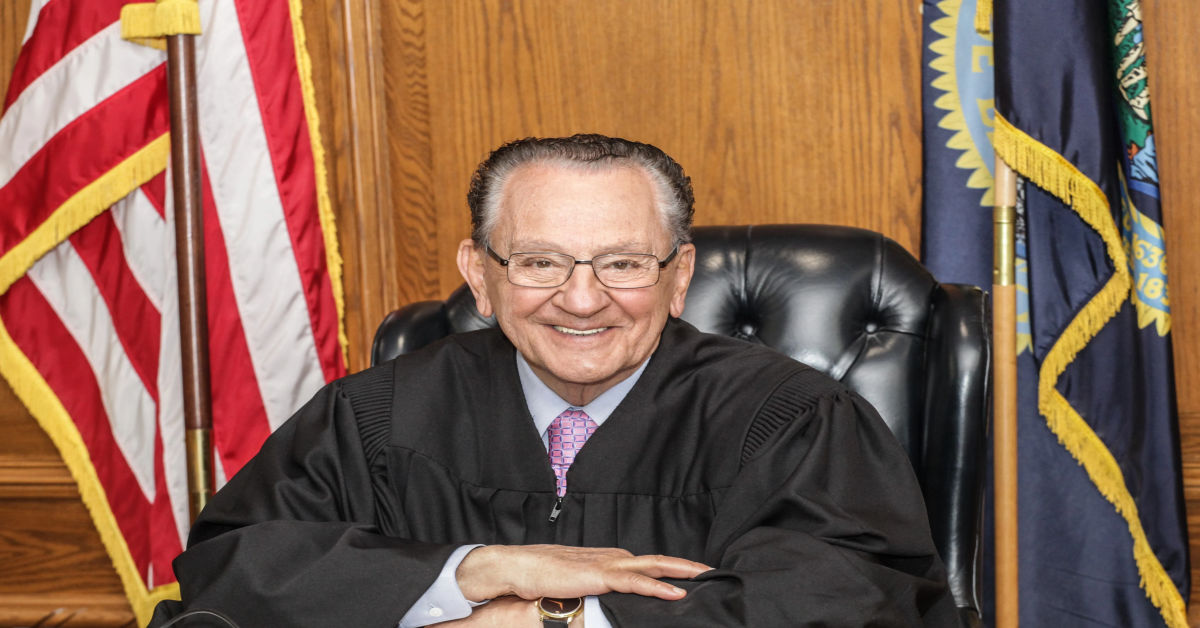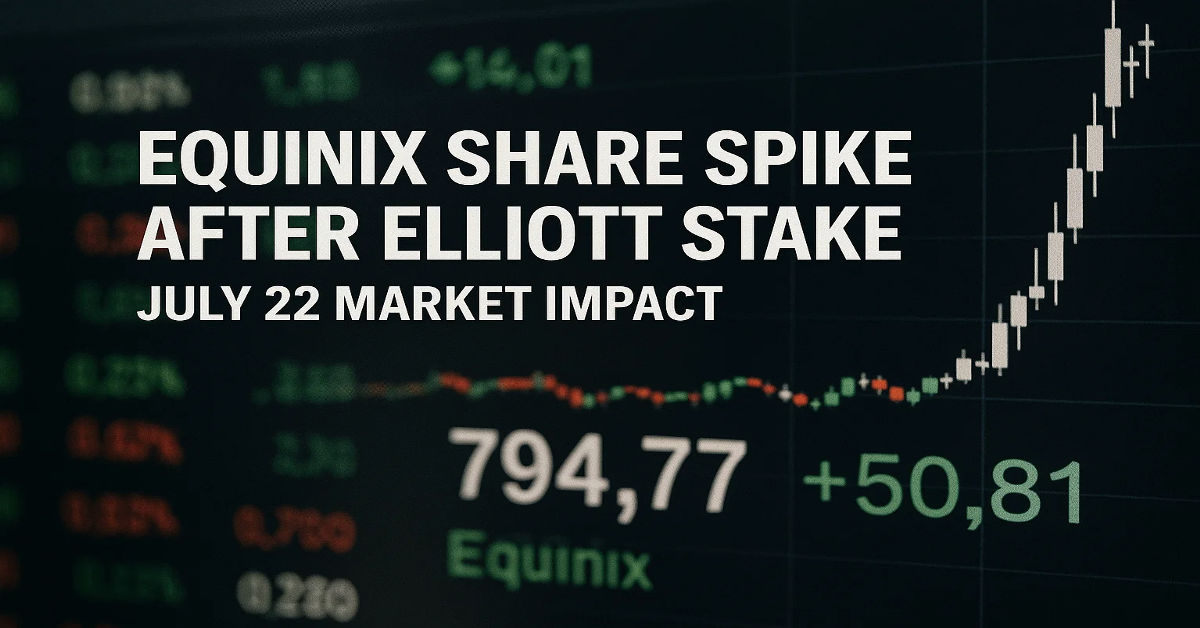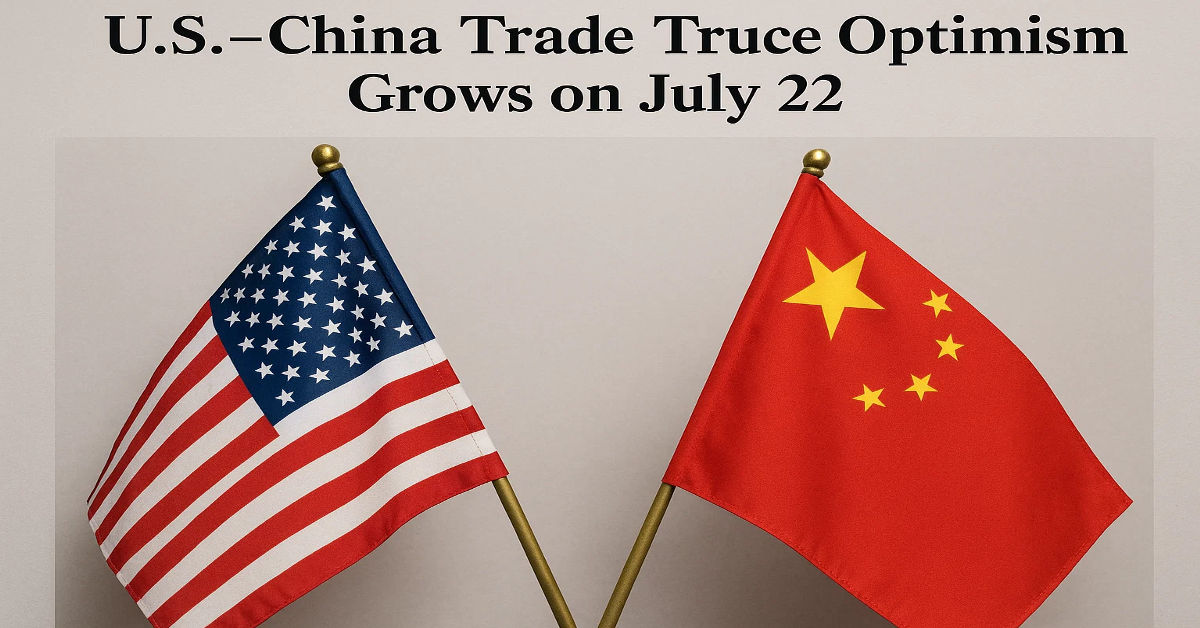
“Malaysia – July 11, 2025 — In a surprising diplomatic engagement on the sidelines of the ASEAN regional forum in Kuala Lumpur, U.S. Senator Marco Rubio met with Chinese Foreign Minister Wang Yi for a closed-door discussion aimed at reducing tensions between the two global powers.
The rare bipartisan move signals an attempt to stabilize the increasingly complex relationship between Washington and Beijing. In a joint statement following the meeting, Rubio and Wang stressed cooperation after talks in Malaysia as US-China tensions simmer, particularly over trade policy, Taiwan, and cybersecurity.”
A Rare Face-to-Face Amid Diplomatic Strain
The closed-door dialogue marks the first direct interaction between a senior U.S. lawmaker and China’s top diplomat since diplomatic ties chilled earlier this year due to escalations in the South China Sea and U.S. legislation tightening export controls on advanced tech.
Rubio, long known for his hawkish stance on Beijing, called the conversation “constructive but frank.”
“This is not about surrendering values, but about avoiding escalation,” Rubio stated.
Wang Yi echoed similar sentiments, noting that “mutual respect and dialogue” are necessary for regional and global stability.
Strategic Focus: Trade, Technology, and Regional Security
The meeting reportedly focused on three core areas:
- Trade Resilience: Both parties acknowledged ongoing supply chain issues and hinted at exploratory steps to resume trade talks suspended in late 2024.
- Technology Boundaries: Conversations included proposed guardrails around AI and semiconductors to avoid “uncontrolled competition.”
- Regional Stability: Both sides emphasized avoiding provocations in the Taiwan Strait and South China Sea, areas frequently cited as flashpoints for future conflict.
Why Malaysia?
Diplomatic analysts say Malaysia’s role as a neutral, Southeast Asian host is symbolic. It provides a non-confrontational environment for engagement—important at a time when U.S.-China relations are fraught but not fractured.
What This Means for Global Politics
While the tone of the talks was unexpectedly cooperative, experts warn not to mistake words for transformation.
“This is a soft opening, not a reset,” said Prof. Lila Hammond, an expert on East Asian politics. “Both sides are cautious, but the fact that dialogue is even happening is progress.”
A Cautious Step Forward
This meeting doesn’t signal a thaw, but rather an acknowledgment that strategic competition cannot afford to devolve into strategic catastrophe.
Much like how collaboration in other areas—whether in global business or technology—requires clear communication, the Rubio–Wang meeting reflects an effort to keep diplomacy alive, even in disagreement.
In similar spirit, a recent piece on how teamwork drives success underlines the importance of open dialogue, even when the stakes are high and interests diverge.
Meanwhile, back in Washington, some critics argue that Rubio’s involvement may complicate official diplomatic channels. Others say it could provide Congress with firsthand insight into China’s evolving stance—a tool that may shape future U.S. policy decisions.
Final Thoughts
As Rubio and Wang stress cooperation after talks in Malaysia as US-China tensions simmer, the world watches. Whether this meeting marks a turning point or a temporary pause in hostilities remains to be seen.
But one thing is clear: The lines of communication are still open—and that, in today’s global climate, is no small achievement.
For more regional and geopolitical developments, visit OnRecordPK, your source for real-time insights and international affairs.
FAQs
1. What was the purpose of the Rubio–China meeting in Malaysia?
The meeting aimed to open diplomatic dialogue between the U.S. and China amid rising tensions. Senator Marco Rubio and Foreign Minister Wang Yi discussed ways to prevent escalation over issues such as Taiwan, trade, and cybersecurity. The discussion signaled a cautious but important step toward mutual understanding. Both parties emphasized the importance of communication in maintaining global stability.
2. Why did Senator Marco Rubio meet with Wang Yi?
Despite Rubio’s historically critical stance on China, he participated in the meeting to reduce the risk of conflict. As a senior figure in the U.S. Senate Foreign Relations Committee, his role adds political weight to the conversation. The dialogue reflected bipartisan recognition of the dangers of miscalculation in U.S.–China relations. It also offered a chance to engage directly on urgent global issues.
3. What did Rubio and Wang Yi agree on during the Malaysia meeting?
Rubio and Wang agreed on the importance of keeping communication channels open between the two nations. They stressed the need for cooperation in specific areas like climate change and health security. Although they did not reach concrete policy agreements, the tone was one of cautious collaboration. The meeting set the stage for potential future engagements.
4. How does this meeting impact US-China relations?
The meeting represents a modest yet meaningful shift toward diplomacy. While it doesn’t resolve major disputes, it reduces the chance of unintended military or economic escalation. It also signals to allies and rivals that both nations are willing to engage constructively when needed. In today’s global climate, even symbolic gestures like this carry strategic value.
5. Why was Malaysia chosen as the location for the meeting?
Malaysia was selected for its neutral diplomatic status and longstanding ties with both Washington and Beijing. Its role as host of the ASEAN Regional Forum made it a natural venue for quiet high-level talks. The country often acts as a bridge between East and West in geopolitical matters. Hosting the meeting in Malaysia helped ensure a non-confrontational, strategic atmosphere.
6. Did the meeting include any agreements on Taiwan or the South China Sea?
There were no formal agreements, but both parties addressed the importance of avoiding provocation in flashpoint regions like Taiwan and the South China Sea. The U.S. emphasized the need for stability and transparency in military operations. China reiterated its sovereignty claims but acknowledged the need for diplomatic engagement. These sensitive issues remain unresolved but under active discussion.
7. How has the U.S. political community responded to the meeting?
The response has been mixed. Some lawmakers praised the meeting as a necessary act of statesmanship, especially given Rubio’s political background. Others expressed concern over bypassing formal State Department channels. Overall, the move has sparked debate about the role of lawmakers in conducting international diplomacy. It may influence future Congressional involvement in foreign affairs.
8. What does this meeting say about China’s diplomatic strategy?
China’s willingness to engage with a critical U.S. figure like Rubio suggests a strategic shift. Rather than isolating adversaries, China may now see value in controlled engagement. Wang Yi’s participation signals that Beijing wants to reduce friction without appearing weak. The move also fits China’s broader effort to appear mature and cooperative on the global stage.
9. Is this the beginning of a new diplomatic approach between the U.S. and China?
It could be the beginning of a new phase in the relationship, but that depends on follow-up actions. If additional meetings occur and real communication channels are established, it may mark a turn toward strategic stability. However, if the dialogue ends here, the impact will be mostly symbolic. Continued diplomacy is key to sustaining any momentum from this event.
10. What role does ASEAN play in facilitating U.S.–China diplomacy?
ASEAN acts as a neutral platform where both global superpowers can engage in dialogue without direct confrontation. Member countries, like Malaysia, provide a balanced environment for negotiations. The organization encourages regional stability, making it ideal for talks like this. ASEAN’s diplomatic relevance is rising as U.S.–China rivalry intensifies in the Indo-Pacific.
11. Could this meeting influence future trade negotiations?
Yes, potentially. While trade was not the main focus, Rubio and Wang touched on economic cooperation and technology boundaries. If future meetings follow, they could open the door to easing tariffs or establishing guardrails around sensitive industries. Any shift in tone or policy would benefit global markets and could reshape tech supply chains in Asia and beyond.
12. Where can I find more updates about the Rubio–China meeting and global politics?
You can follow verified news platforms and geopolitical analysis sites like OnRecordPK, which offer timely updates and expert commentary. These platforms provide context, summaries, and credible reporting around fast-moving international developments. Staying informed from trusted sources is essential in understanding complex global relations like those between the U.S. and China.


